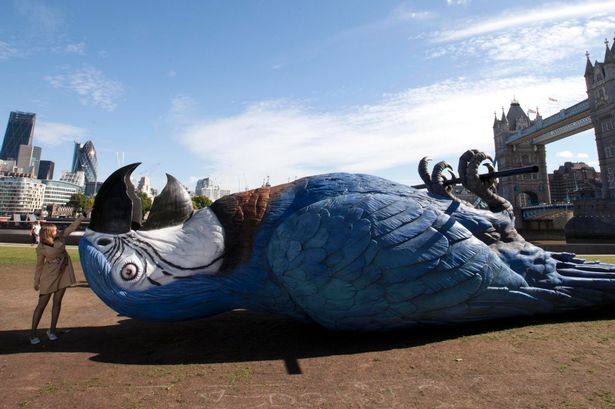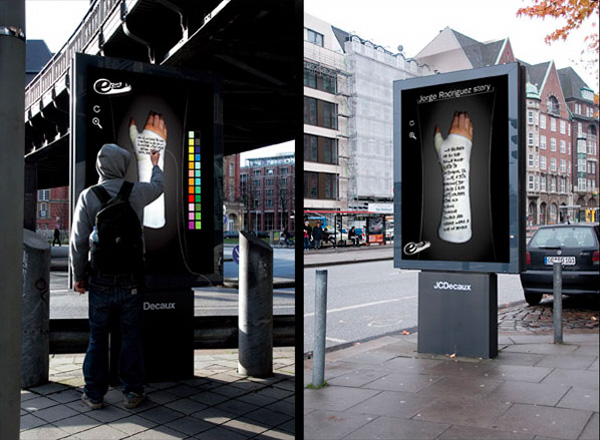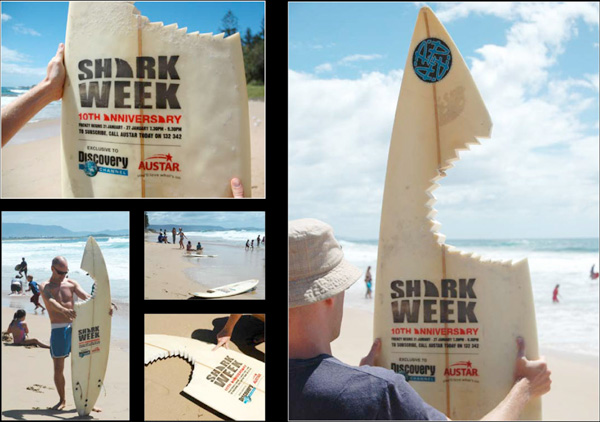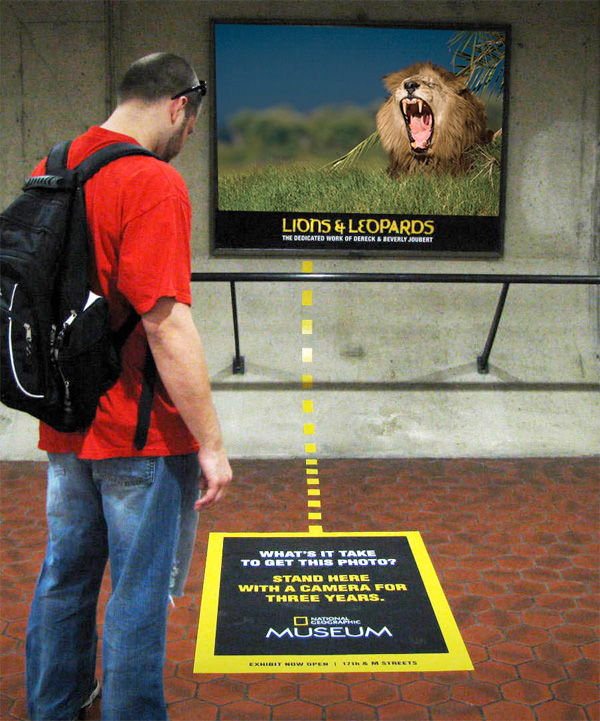The Guerrilla Marketing Guide
Guerilla marketing is innovative, unexpected and unorthodox marketing strategies that interrupt, shock and meet audiences where they’re at. These are almost always performed and set-up in public places for maximum exposure on a minimum budget.
In this guide, we’ll showcase examples and briefly outline some considerations and steps to successfully pull of a guerrilla marketing stunt.
Examples of Guerrilla Marketing Stunts
When evaluating what approach to take with your organization’s stunt, it’s incredibly helpful to explore what’s already been done.
Monty Python Comeback Gig
A recent example occurred in London near the city’s iconic Tower Bridge. A giant bird was dropped in the lawn to promote the screening of Monty Python’s final comeback gig this Sunday.
The 50-foot bird is an enlarged version of the parrot featured in a sketch where John Cleese tries to return the dead bird to a shop. This “little” stunt didn’t just attract local attention–it made it across the globe.
Sharpie
Discovery Channel
National Geographic
Now that we’ve showcased some examples, let’s run through a basic guide of how to plan your guerrilla marketing stunts.
Step 1: Assess Your Needs
Like any other marketing communications project, you need to evaluate your needs first and foremost.
- What are you trying to achieve specifically?
- Who are you trying to reach?
Step 2: Research
After identifying your goal and audience, start researching target areas to perform your guerrilla marketing stunt.
- Where does your audience go?
- What place will get you the highest quality of exposure?
If you’re not a local to the area, I highly recommend that you seek the advice of a local not just for this step, but for the entire process as well.
Step 3: Evaluate Legal Concerns
If you’re not careful, you can get in some serious trouble, so make sure you’re cautious of local laws and regulations as you plan.
Also, if you’re placing a large object somewhere–like the Monty Python Stunt shown above–it’s always a good idea to ask the governing body in charge for permission. Contrary to popular belief, a lot of guerrilla marketing stunts are coordinated with authorities through paid advertising–as shown above with the National Geographic and Sharpie promotions.
Something with the flavor of the Discovery Channel shark-bite surfboard prop is an example of a “safer” stunt because it didn’t damage the environment it was placed in and was easily removable.
Step 4: Refine and Test the Messaging
Your guerrilla marketing stunt will be a complete waste of time if you don’t refine and test your messaging.
- Is your product/brand immediately recognizable?
- Is the message easily and quickly transferred to viewers?
- Did you test it on a similar audience (if not the target audience)?
Step 5: Script Out the Details
This is especially important to live dramas that are played out in public places.
The process is similar to screenwriting–detail out who is going to do/say what at what time. Also be sure to add notes and directions for other staff members who may be operating equipment.
Also consider and formalize answers to the following questions:
- What kind of weather conditions are ideal?
- When will they occur?
- Are you going to construct it/ place it when no one’s around?
- Who is going to set it up?
- What do they need?
- What time does it need to be around?
- When does it need retrieved?
- Are you going to record the effect? Where will those cameras be placed?
- Who’s in charge of recording?
Step 6: Execute and Spread the Stunt
What comes next is obvious–pulling it off.
Don’t forget to incorporate other communication mediums into this process.
- How can you strategically involve local media?
- What can you say before the stunt?
- What can you do during the stunt?
- How can you talk about it afterwards?



